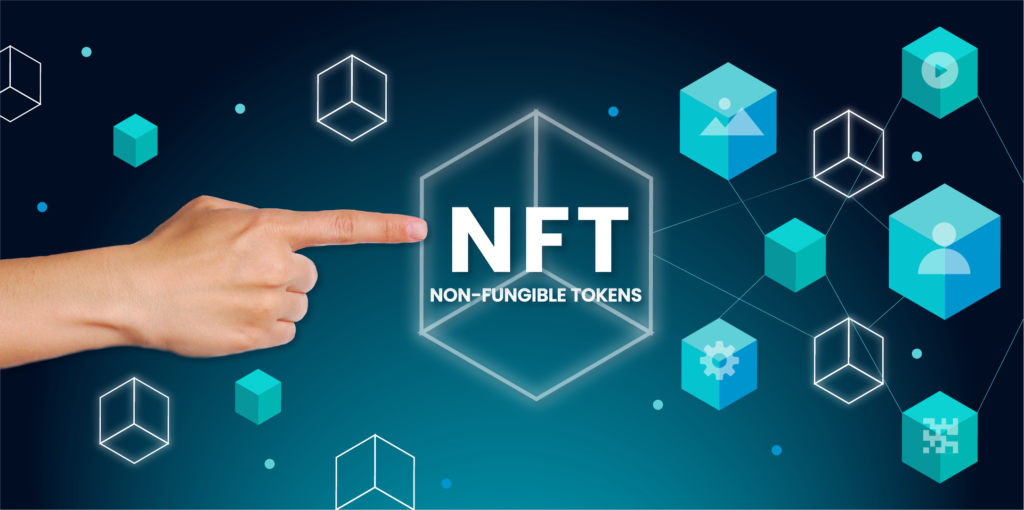Did you hear about the NFTs? Yes, the topic is discussed everywhere, and also, film stars are launching their first Non – fungible tokens all over the place.
NFTs are currently taking this digital world and collectibles world by storm. Many artists get the tremendous opportunity to save their artwork, thanks to all this to the new crypto audience. Digital art is the only way to use NFTs. It can be used for multipurpose ownership like unique assets agreement for an item in the digital or physical realm.
Do you also want to know what it is all about? Therefore, we collect complete information that will enable you to understand NFTs?

What are Non – Fungible Tokens (NFT)?
NFT is a digital token that is permanently connected with the piece and encrypted with the artist or a unique signature. The piece validates authenticity and ownership. It is a digital asset used to show real-world artifacts like art, music, video, and in-game stuff.
Like crypto, it is also encoded with the same software and buys or sells online like Cryptocurrency. For instance, money is a fungible item; one rupee is exchanged.
By definition, it means that non – a fungible token is not comparable to other non–fungible tokens. It means NFT is either a type or part of a minimal run, and each has its own unique code.
How Does the NFT Market Work?
As we know, NFT is a digital token that is stored on the distributed public ledger called blockchain that maintains transaction records. While various blockchain supports them, they are held on the Ethereum blockchain. The tangible and intangible products are used to create or mint NFTs: artworks (painting, GIFs, videos, photos and especially sports collectible, customized sneakers, celebrity tweets, and many other things).
Any NFT trader can only have one owner at one time, and their unique data is always stored in the blockchain that quickly verifies and transfers their ownership. The owner also has the accessibility to select store specific data that is secured inside them. For example, an artist can sign their artwork with their signature in the NEFs metadata. It means that NFTs are collectors’ items except in digital form.
Therefore, the buyer will get the digital file instead of the actual oil painting that can easily hang on the wall.
Where are NFTs used?
Creating and storing NFTs using blockchain technology has given the artist and content creators a new path to monetizing their work uniquely. It means that an artist now does not have to depend on a gallery or auction to sell his items since they can sell directly without any middlemen to the buyer with NFT. It also means the artist got the chance to earn great profit.
Moreover, royalties are also programmed into this work, and the creators can get a percentage of sales whenever the ownership of work changes.
Difference between Cryptocurrency and NFTs
NFTs token is a cryptographic asset on the blockchain that includes unique identification codes and metadata that separate them. But how is it different from Cryptocurrency?
Cryptocurrency is the fungible currency that is traded or exchanged one for another. For example, the value of Bitcoin is always equal to another bitcoin. But on the other side, tokens are non–fungible.
But each token of NFTs is unique and irreplaceable, making it impossible for one non0ne non – fungible token to be equal with the other. It represents digital assets connected with a passport because it contains unique and non – transferable identities distinguished from other tokens.
NFTs: Building Block to Building Career
Growing numbers of companies are investing in blockchain initiatives. As per Deloitte’s 2019 Global Blockchain survey, 53% of companies consider blockchain an essential strategic business priority, while 83% see a compelling case for adopting blockchain technologies. Blockchain is best popular for underlying technology powered with digital currencies, but the number of technology users increases.
On the other hand, the NFT industry is evolving, the demand for digital currency is increasing, and blockchain technology uses are discovered. The requirement of technological and engineering professionals with adequate knowledge of blockchain technologies to create the future will grow.